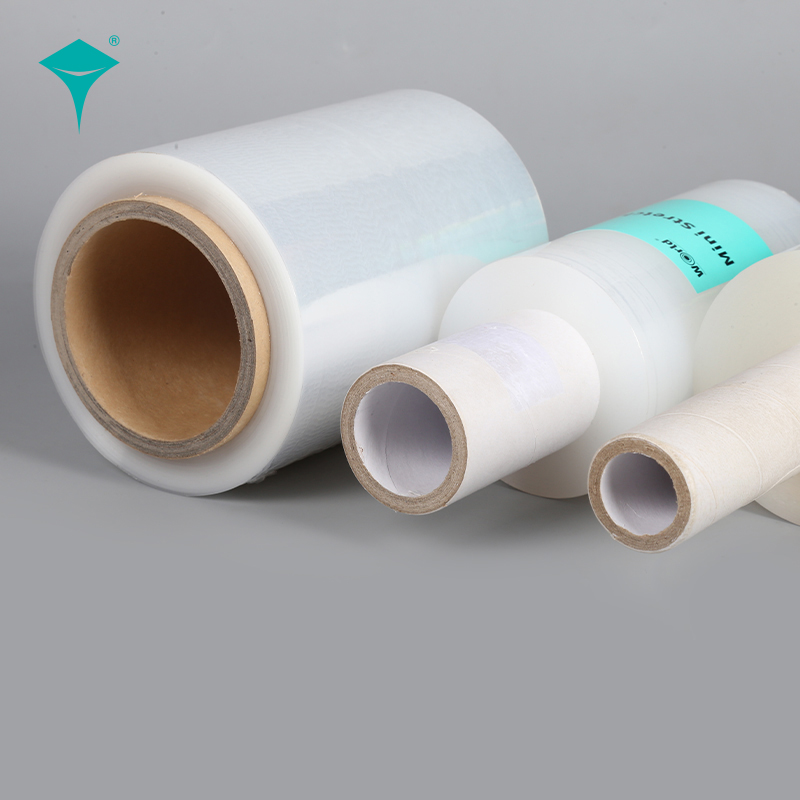
- Dart Drop- A commonly used test to measure the puncture strength of a stretch film. It’s conducted by dropping a semi-circular shaped object onto the film.
- Elastic Recovery-The ability of a stretch film to recover to its original shape after being stretched.
- Film Memory- The ability of the film to return to its pre-stretched form. Enabling the film to maintain a tight load during transportation.
- Gloss- The amount of light reflected from a film’s surface. Cast stretch films tend to have a higher gloss than blown stretch films.
- Haze: The cloudiness or lack of transparency in the stretch film, often measured as a percentage using a haze meter.
- Stretch Ratio: The ratio of the final length of the stretched film to its original length, indicating the degree of elongation.
- Necking: The localized thinning of the film during stretching, typically occurring in areas of higher stress concentration.
- Gauge: Refers to the thickness of the stretch film, usually measured in micrometers or mils.
- Tensile Strength: The maximum stress a stretched film can withstand before breaking, measured in force per unit area.
- Elongation at Break: The percentage increase in length of the film at the point of rupture compared to its original length.
- Machine Direction (MD): The direction of the stretch film’s orientation during manufacturing, typically aligned with the direction of travel on production equipment.
- Transverse Direction (TD): The direction perpendicular to the machine direction, affecting the film’s width.
- Cling: The ability of the stretch film to adhere tightly to the wrapped product, providing stability and protection.
- Coextrusion: The process of combining multiple layers of different polymers to create a stretch film with enhanced properties, such as barrier properties or puncture resistance.
- Pre-Stretch: The mechanical stretching of the film before application, reducing film consumption and improving load containment.
- Residual Elongation: The amount of stretch retained by the film after relaxation, influencing load-holding force and stability.
- Slip Additives: Chemical additives incorporated into the stretch film to reduce the coefficient of friction, allowing for smoother unwinding and improved machine compatibility.
- Resin Grade: The type and quality of resin used in stretch film manufacturing, affecting film properties such as clarity, strength, and elongation.

